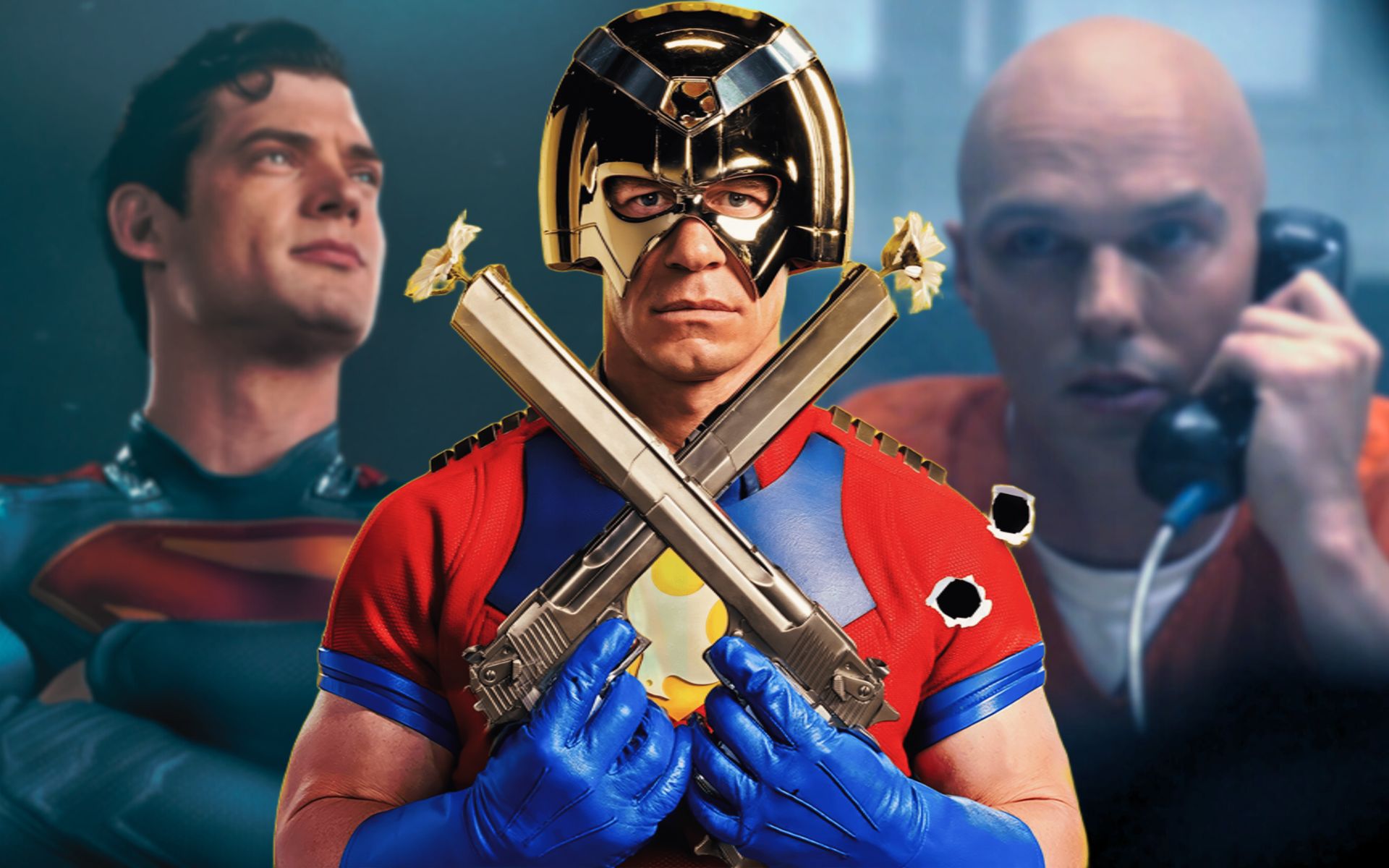It is natural that the Sun, which has been the source of energy and life in our planetary system for billions of years, has a life cycle like every star and that at some point in its existence it will die, like everything that exists in the Universe. Being egocentric, we ask ourselves: What about humanity? The answer is, one way or another, we won’t be around anymore.
Therefore, let’s try to understand a little more how our star king will end up. But for now, the Sun is a main sequence star classified as a yellow dwarf (which converts hydrogen into helium in its core). Therefore, he is a middle-aged star. It is approximately 4.6 billion years old.
When there is no more material to melt The Sun will pass through the red giant phase and eventually turn into a white dwarf in the final phase of its life.. This phase is a kind of star “retirement”; It lasts longer than the life of a main sequence star, even longer than the current Universe itself, and can reach hundreds of billions of years.
Senior Phase of the Sun
The lifespan of a star is determined by the amount of fuel available for fusion in its core. Scientists estimate that the Sun has about five billion years until it runs out of hydrogen. But just like in humans, some signs of aging will begin to appear long before the due date.
For example, the Sun is getting brighter and hotter. Although solar heating is a natural and long-term process, it is important to remember that: current impacts are much less impactful than the rapid climate changes we have caused on Earth over the last 50 years.
Once the hydrogen in its core runs out, the Sun will begin to fuse helium with carbon, creating a surrounding shell to fuse the remaining hydrogen. This produces more energy, but causes intense expansion of the Sun’s outer layers. Thus, as they expand, they cool and cause the star’s color to turn red.
Sol’s death and the fate of the human race

When the Sun turns into a red giant, it will emit more total radiation due to the increased area, even though its surface is cooler. Earth, currently probably lifeless, will have two fates: It will either be vaporized by the star, or be pushed into a more distant orbit due to loss of solar mass. In this case, the planet could continue to exist, but as hot or hotter than Mercury is today.
While these five billion years may seem huge from a human perspective, a relatively short life in cosmic terms.
But that day is far away in human time. This means that if we shift our focus from destroying each other and trying to burn the planet prematurely, we still have billions of years to sustain human existence in the vast Universe.
Do you have any questions? Tell us on our social networks and get the opportunity to share the article with your friends. Until later!
Source: Tec Mundo
I’m Blaine Morgan, an experienced journalist and writer with over 8 years of experience in the tech industry. My expertise lies in writing about technology news and trends, covering everything from cutting-edge gadgets to emerging software developments. I’ve written for several leading publications including Gadget Onus where I am an author.












